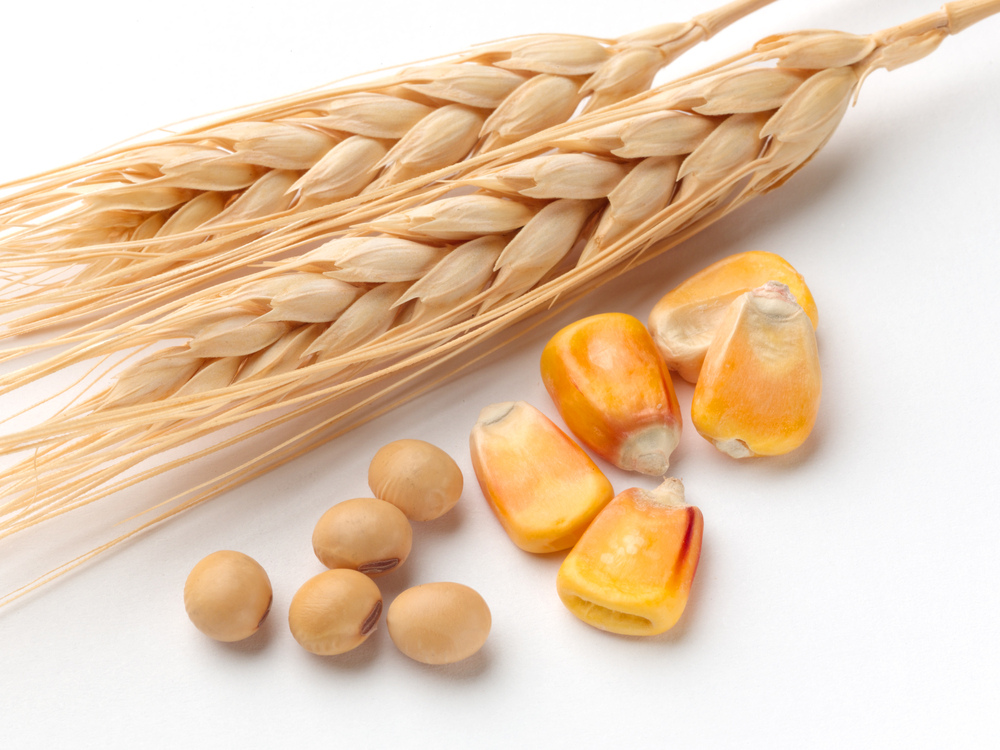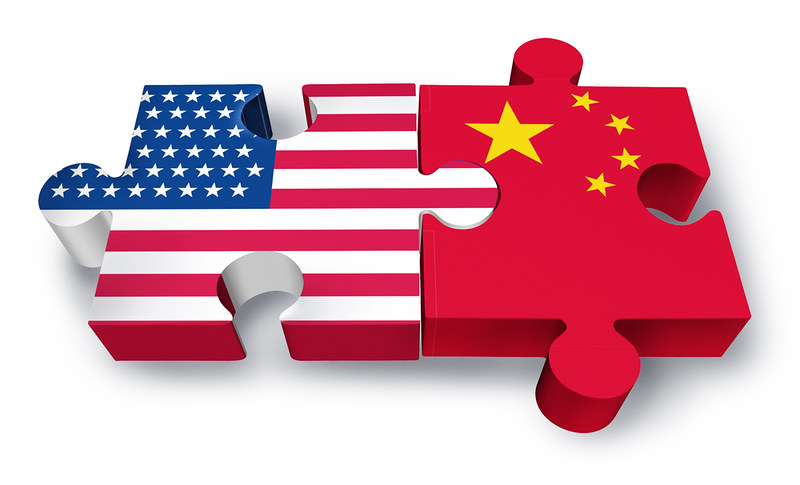



USDA Outlook Forum: China animal market & feed demand - USDA’s long-term outlook
China’s animal market plays a massive role in driving global feed demand. The composition of Chinese imports has been shifting toward higher value products, especially in meat and animal protein.

Even as China recovers from African swine fever (ASF), they will remain a big importer or pork, beef and poultry.
Additionally, China’s prioritization of self-reliance means that their production isn’t slowing down. This requires them to import feed grain at high quantities.
During the 97th Ag Outlook forum, Fred Gale, Senior Economist for USDA’s Economic Research Service, shared USDA's outlook and projections for Chinese agricultural markets.
High Chinese demand for feed has disrupted markets
As Chairman Mao told the people, “Serve the state, make sacrifices for the state.” Thus, up until the 1980s, the Chinese people had very little animal protein in their diets.


In the 1980s, Hu Yaobong took over the Chinese Communist Party. His theory was that the Party should try to improve people’s lives. Specifically, he advocated placing more meat and milk into their diets to improve the people’s physical stature.
A few years later, Deng Xiaoping, the “core leader” of the Party, proposed that feed milling become a strategic industry, alongside steel and textiles. This further catalyzed the growth of the agriculture sector in China. China began importing Western technologies like feed milling, veterinary science and breeding. By the 1990s, China was strategically producing meat at home and needed to import the necessary feed stuffs.
But in 1995, Lester Brown with USDA predicted in his book Who Will Feed China that their demand for grain would disrupt world markets. He said, “Estimating China’s food deficit is a scary exercise.” More than 15 years later, it seems that prediction has come true.
China’s production trends over time
Starting in the 1990s, Chinese production of meat, fish, shellfish, milk and eggs spiked. In 2014, meat production plateaued at 88 million tons. Due to ASF, it dipped to 76 million tons in 2020.
Milk production followed a similar trend, growing rapidly and then peaking in 2008, when China’s big milk adulteration outbreak happened. Since then, Chinese milk production has plateaued.
Based on these trends, it looks like China is reaching or has perhaps surpassed its carrying capacity for animal protein production. Here are some additional signs that’s the case:
- Disease epidemics every few years
- High feed costs
- Corn prices in China are double the U.S.
- Pasture for land and industrialized farms is scarce
- Overfishing in the Yangtze River and coastal fishing areas
This reduction in protein production has been accompanied by an increase in protein imports. From 2000 to 2020, meat imports have grown exponentially. It was especially accelerated in 2007 by the blue-ear disease or PRRS outbreak in the pig herd, which required them to begin importing pork. ASF, a much bigger outbreak than PRRS virus, exacerbated the situation.
China becomes a world leader in protein imports
Back in 2010, USDA projected that China would be importing 1 million tons at this point. Five years later, they increased that projection to 2 or 3 million tons. Now, they show that China will import over 10 million tons by the end of the projection period.
Here are some of the projections showing how large the Chinese import market is:
- 6 million tons of pork
- 4.3 million tons of beef
- 1.7 tons of poultry
These figures make China the largest importer of beef and pork in the world, and #4 in poultry.
Chinese changing consumption patterns will require more feed imports


Although China is importing animal protein at high quantities, they still need feed and grain as they are producing more meat at home as well. Specifically, soybean imports are expected to grow from 100 million tons this year to 140 million tons by the end of the USDA’s projection period.
China has also adopted its first self-sufficiency targets for pork, beef, mutton, dairy and poultry fall 2020. They’re already well below these targets; under 90% for pork and 78.5% for beef. The question is whether China will tolerate being below these targets, or whether they’ll restrict meat imports when Chinese meat prices start to fall.
While the Phase One agreement with the United States seems to open up new trading opportunities, China’s prioritization of self-reliance means that there are many factors in the US-China relationship to keep an eye on.









